Rome trip: 10 of the capital’s best cultural spots
Rome and culture complement each other as much as spaghetti and meatballs. Whether you’re visiting Rome on a weekend city break, an entire week, or longer, it’ll take a lifetime to explore this “Eternal City” with almost 2800 years of history. To steer you right, here is our directly updated city guide.
Galleria Borghese
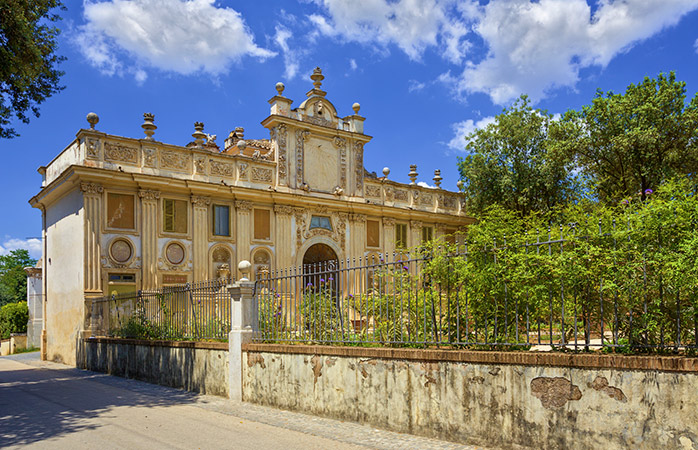
Galleria Borghese, built among the greenery of Villa Borghese, has one of the richest art collections in the world. Cardinal Scipione Borghese (1557-1633) particularly cherished two artists, and they both took their place among the bright stars of the world art scene: the sculptor Gian Lorenzo Bernini and the painter Caravaggio. Both abound in Galleria Borghese, with works showcasing their magnificent and awe-inspiring talents. You can also find other world-famous works on display here, such as the extraordinary Venus Victrix sculpture by Antonio Canova. This statue, which is quite unusual for its time, represents the half-naked Pauline Borghese. While visiting the museum, don’t forget to take a look at the magnificent ceiling. The ceiling, which is mostly painted in the trompe-l’oeil technique, gives the viewer the feeling of three-dimensionality. Let’s also mention that you need to make a reservation before visiting the museum.
Where: Piazzale del Museo Borghese 5
Tel: +39 06 84 13 979
San Luigi dei Francesi

Although the sixteenth-century San Luigi is actually a French national church located in Rome, it is a proud Italian place in general: visit the Contarelli chapel and admire the huge paintings by Caravaggio, the Baroque master of light and shadow. You will also accept. The three works here present scenes from the life of St. Matthew, and the characters in the painting are wonderfully illuminated as if they were bursting from the gloomy background into the chapel. An attention-seeker, Caravaggio portrayed biblical figures as muddy ordinary people, receiving a strong backlash from those he served, and had to “clean up” his works before they were hung. Among so many artistic feasts, it’s easy to miss another San Luigi treasure: Domenichino’s magnificent St. Cecilia fresco.
Where: Piazza di San Luigi de’ Francesi
Tel: +39 06 688271
Terme di Caracalla

The famous Caracalla Bath was built between 212-217 AD by a cruel emperor. The famous building included swimming pools, gymnasiums, facilities and a hammam. It was possible to find all kinds of baths here, including the hot calidarium, the warm tepidarium, and the coldfrigidarium. Here, for the inhabitants of Ancient Rome, were huge bathhouses that could serve 1,600 people at a time. People from all walks of life frequently used these baths and an army of slaves served them. Only the wealthy were allowed in private massage facilities. In other words, this was the fitness center of the past and has been in service for more than 300 years. All this partying and entertainment ended with the invasion of the Goths in 573, and much later the rich marble decoration of the bathhouse was used by the Farnese family.
Where: 52 Viale delle Terme di Caracalla
Tel: +39 06 39 96 77 00
Galleria Lorcan O’Neill

At the turn of this century, Irish art dealer Lorcan O’Neill violently shook up Rome’s private gallery scene by exhibiting important and emerging names on the international modern art scene at a space in Travestere. O’Neill doesn’t seem to be slowing down, either, with his gallery set in a huge space within a 17th-century palace near Campo de’ Fiori. Opened in July 2014 with works by Jeff Wall and Richard Long, this place soon met with Rachel Whiteread and Tracey Emin exhibitions. However, O’Neill’s program regularly features not only big names but also promising young artists.
Where: Vicolo dei Catinari 3
Tel: +39 06 6889 2980
The Mouth of Truth (La Bocca della Verità)
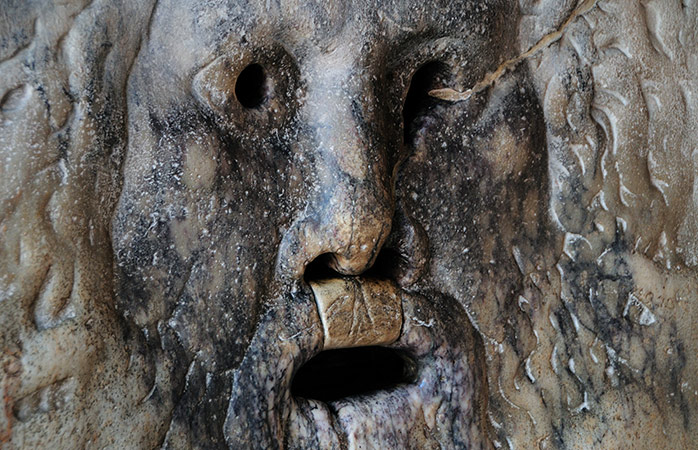
Do you have the courage? The Mouth of Truth, i.e. La Bocca della Verità, is the face of a bearded man depicted with five holes as eyes, nose and mouth. The face has so far been interpreted as a shouting forest god, a river god, and a seer. The reason the mouth attracts so much attention is the belief that truth can be learned through it. Rumor has it that if you lied, your hand was bitten off when you put your hand in the horrible mouth. This story envelops you in a legend, creating a frightening yet provocative atmosphere. The most pertinent myth about the Mouth of Truth is that the hands of those who have had an extramarital affair are severed. You may not believe it, but over time, the Mouth of Truth has indeed bitten a few innocent people. According to local history books, the reason for this was playful people and guards who placed scorpions in the mouth of this stone face. Whether you dare to prove you’re telling the truth or not, your trip to Rome wouldn’t be complete without the opportunity to look at this legendary face.
Where: Basilica di Santa Maria in Cosmedin, Piazza della Bocca della Verità
Tel: No
MAXXI

Rome, one of Europe’s leading short-term holiday cities, undoubtedly does not need the Bilbao Effect (a phrase that emerged with Frank Gehry’s image and tourism boom that the Guggenheim Museum brought to the Spanish city). Nevertheless, Anglo-Iraqi architect Zaha Hadid has stated that the dazzling new MAXXI (Museo d’arte del XXI secolo – National Museum of 21st Century Art) building adds a distinctive flair for modern art and design to Rome, known as a store of historical beauty. must not be denied. This spectacular glass and concrete building in the north of the Flaminio district regularly hosts ever-changing exhibitions dedicated to modern and contemporary art and architecture. Here you can also find a nice cafe with outdoor tables.
Where: Via Guido Reni 4A
Tel: +39 06 32 01 954
Ara Pacis

The Ara Pacis, or altar of peace, was built in 9 BC to celebrate Emperor Augustus’ victory over his enemies in the Mediterranean. In 1938, Mussolini had the altar moved to its present location. In April 2006, the municipality of Rome, together with world-renowned architect Richard Meier, launched a fascinating project: a partially transparent box. This setup caused a lot of controversy, contention, and even controversy. You should also see Ara Pacis with your own eyes to decide whether the architectural relationship between the old and the new is appropriate.
Where: Lungotevere in Augusta
Tel: +39 06 06 08
Galleria Doria Pamphilj
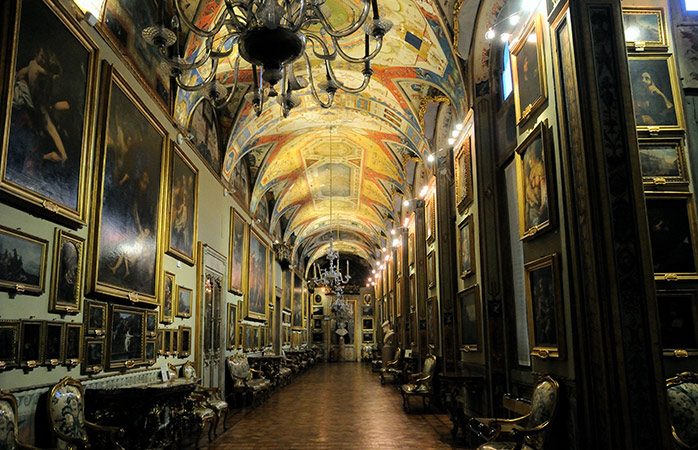
Galleria Doria Pamphilj is the kind of place that will surely please its art-savvy visitors. Rome’s largest private art collection began with the appointment of Giovanni Battista Pamphilj as Pope in 1651. Over the centuries, the collection has grown into a jewelery box filled with priceless treasures. A large collection of 400 paintings, sculptures, countless mirrors and other valuable decorations awaits you at Galleria Doria Pamphilj. It is possible to find some of the paintings by Titian, Raphael, Vasari and Caravaggio here. The magnificence created by all this is so enormous that the gallery has been nicknamed “Rome’s answer to the French Versailles”. Do not miss this rare jewel and do not forget to visit the magnificent Galleria degli Specchi (Gallery of Mirrors) at the same address.
Where: Via del Corso 305
Tel: +39 06 67 97 323
Villa Farnesina
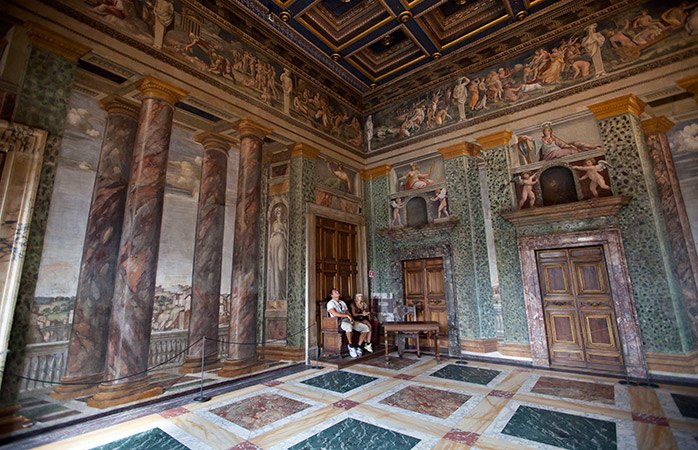
Villa Farnesina, a Renaissance structure completed in 1510, is located close to the Botanical Garden. The villa was built by Agostino Chigi, a powerful bank advisor who also served several popes. Later, in 1590, the building passed into the ownership of Cardinal AlessandroFarnese, from whom it was named. The building is particularly known for its magnificent frescoes by the likes of painters Raphael and Baldassarre Peruzzi, along with several other artists. Raphael’s frescoes stand out the most in the five rooms, which together create an incredible explosion of color and art. Peruzzi’s decorations in the perspective hall on the first floor are also of a type that can be watched for a long time. At the same time, the numerous frescoes in this hall create the illusion of a Roman landscape viewed in collaboration between marble columns. Absolutely stunning!
Where: Via della Lungara 230
Tel: +39 06 68 02 72 68
Centrale Montemartini
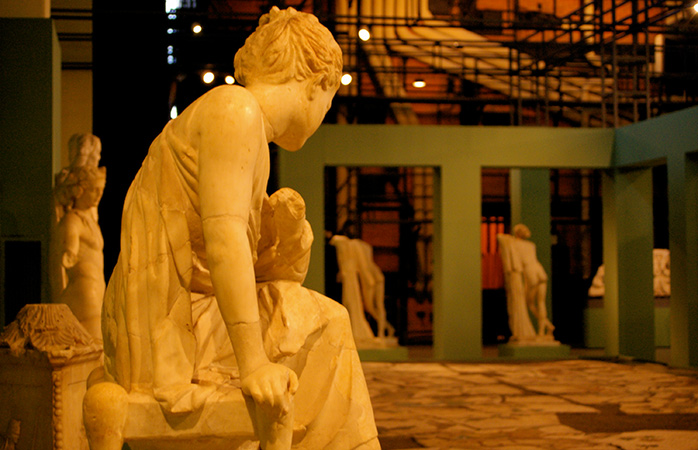
There are countless reasons to break through Rome’s second-century city walls and head to the southernmost Ostiense district, one of the city’s hottest spots with great food, bars and nightlife. One of the most worth seeing is this remarkable museum. A few rather impressive ‘small’ pieces of ancient art from the Musei Capitolini’s collection are nestled among the well-preserved gigantic machinery of a power station that is no longer in use. The meeting of industrial archeology and classical sculpture: the effect is simply astounding.
Where: Via Ostiense 106
Tel: +39 06 06 08





